New Golf Rules Explained: Penalty Areas
The new Rules of Golf came into force in 2019 and the term 'hazard' is no longer of use.
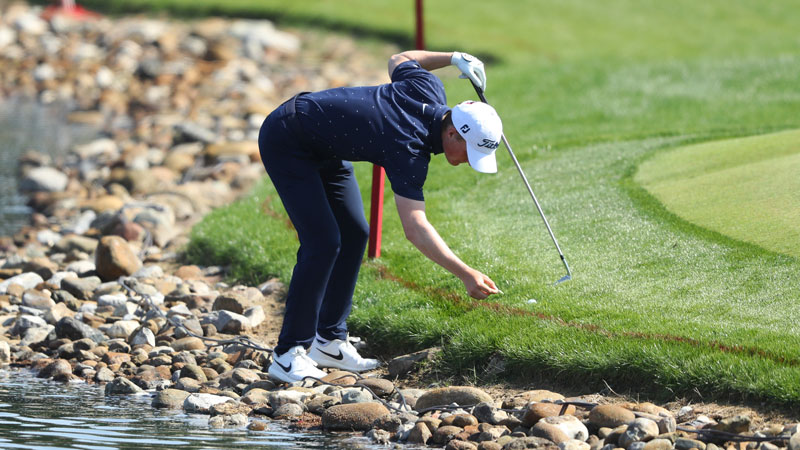

New Golf Rules Explained: Penalty Areas
The new Rules of Golf came into force in 2019 and the term 'hazard' is no longer of use. That's because hazards have given way to 'penalty areas' to better reflect the variety of topography found on golf courses around the world. The video below explains what's happening with the new penalty areas.
Penalty areas to supersede water hazards
Previously
Relief under penalty is available from both water hazards and lateral water hazards, with the latter offering additional options for when it is impractical to drop behind the hazard.
From 2019
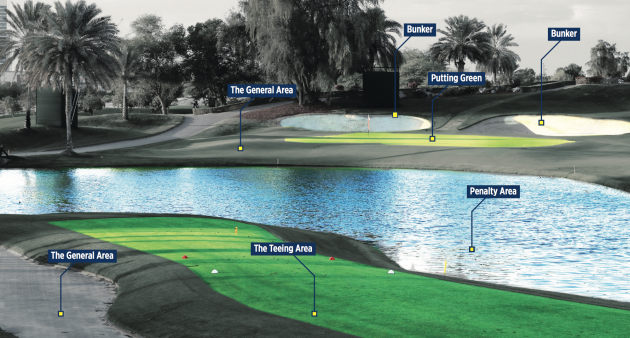
Water hazards have been superseded by ‘penalty areas’ that include not only ponds, lakes and streams but also deserts and jungles, for example.
Yellow and red markings will continue, but committees may mark everything as a red area so the additional lateral relief is always available.
Get the Golf Monthly Newsletter
Subscribe to the Golf Monthly newsletter to stay up to date with all the latest tour news, equipment news, reviews, head-to-heads and buyer’s guides from our team of experienced experts.
Water hazards had become a bit of a misnomer, with many clubs marking a variety of areas as water hazards for practical reasons, regardless of whether or not they ever had any water in them.
The new all-embracing terminology will allow greater freedom to apply common sense with regards areas where searching for a ball may be a little dangerous or is likely to unduly hold up play.
Elimination of opposite side relief for red penalty areas
Previously
When a ball is in a lateral water hazard marked by red stakes, you have the additional option of dropping under penalty on the opposite margin of the hazard equidistant from the hole.
From 2019
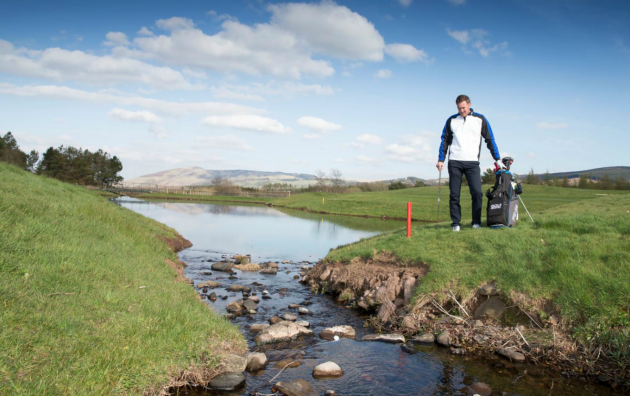
This additional relief option will be removed for red areas, but committees may still adopt a Local Rule permitting it when they believe other relief options are not viable or practical.
This should simplify things as many players are not familiar with the whys and wherefores of the current additional relief option.
It was in the Rules for practical reasons, but could sometimes lead to a much better line and lie. It could also take a long time, too, especially where larger bodies of water were involved.
Watch - 7 simple golf rules mistakes
Touching or moving loose impediments or ground in a penalty area
Current Rule
In a water hazard, you must not touch the water or ground with either hand or club, or touch or move any loose impediments in the hazard.
Previously
You will be able to touch or move loose impediments in a penalty area and touch the ground with hand or club, as long as you don’t improve conditions for your next stroke.
The existing Rule has not always been practical and has proved quite complicated to ‘police’, leading to some penalties that were perhaps unnecessarily harsh – where no advantage had been gained and, in some instances, the player was unaware of any breach until TV replays highlighted it.

Sam is Golf Monthly's Senior E-commerce Editor which mean's he oversees everything E-com related on the site.
This takes the form of creating and updating Buying Guides, reviews, and finding bargain prices for deals content.
Working with golf gear and equipment over the last seven years, Sam has quickly built outstanding knowledge and expertise on golf products ranging from drivers, to balls, to shoes.
He combines this knowledge with a passion for helping golfers get the best gear for them, and as such Sam manages a team of writers that look to deliver the most accurate, insightful, and informative reviews and buying advice. This is so the reader can find exactly what they are looking for, at a good price.
Additionally Sam oversees Golf Monthly voucher/coupon content which seeks to find you the best offers and promotions from well-known brands like Callaway, TaylorMade and many more.
Unfortunately, Sam is not a member of any club at the moment but regularly gets out on the golf course to keep up the facade of having a single-figure handicap.
-
 Reports: Wesley Bryan Suspended By PGA Tour After Playing In LIV Golf Duels
Reports: Wesley Bryan Suspended By PGA Tour After Playing In LIV Golf DuelsThe 2017 RBC Heritage winner is said to have been suspended by the PGA Tour after teeing it up in the recent LIV Golf creator event in Miami
By Elliott Heath
-
 LIV Golf Mexico City: Book Your Tickets To See The Stars Of The Game
LIV Golf Mexico City: Book Your Tickets To See The Stars Of The GameMexico City welcomes LIV Golf's all-star roster later this month, where you can see the world's best players and enjoy the show and the family friendly atmosphere
By Golf Monthly
-
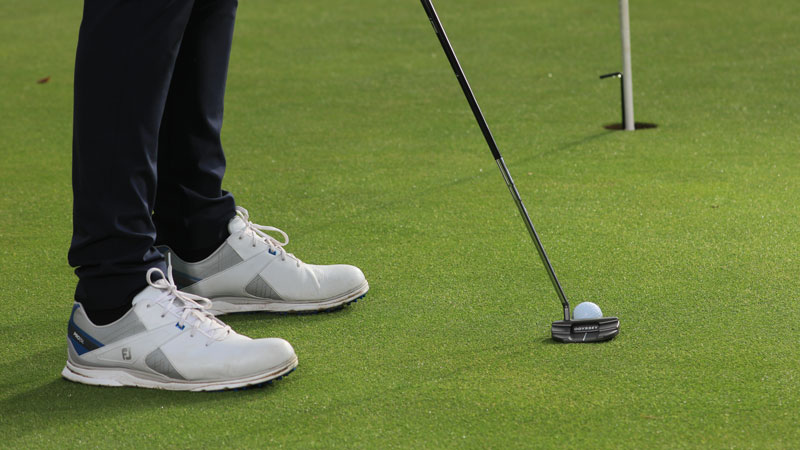 Golf Rules Explained: Putting Green
Golf Rules Explained: Putting GreenSeveral things changed on the shortest grass from 2019. Here's a summary...
By Tom Reid
-
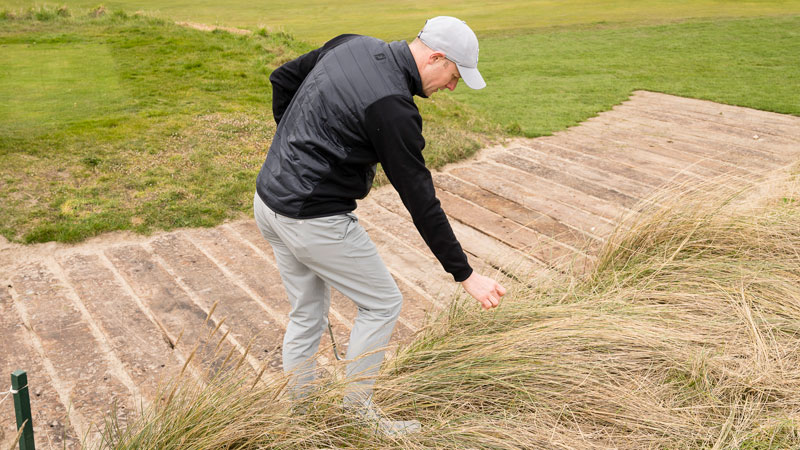 Golf Rules Explained: Dropping And Measuring
Golf Rules Explained: Dropping And MeasuringWe explain the dropping and measuring techniques to use out on the golf course.
By James Jankowski
-
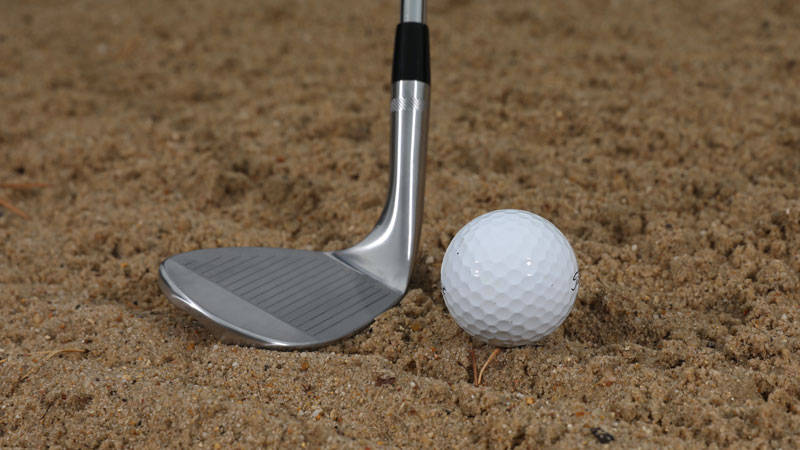 New Golf Rules Explained: Bunker Changes
New Golf Rules Explained: Bunker ChangesFrom 2019 the rules regarding loose impediments and unplayable lies in bunkers changed. Here is how.
By Elliott Heath
-
 12 Stupid Mistakes Every Golfer Makes
12 Stupid Mistakes Every Golfer MakesWe count down the 12 stupidest mistakes every golfer makes, so that you don't make them again.
By Sam Tremlett
-
 New Golf Rules 2019: All You Need To Know
New Golf Rules 2019: All You Need To KnowGolf's governing bodies new rules are in action in 2019.
By Elliott Heath
-
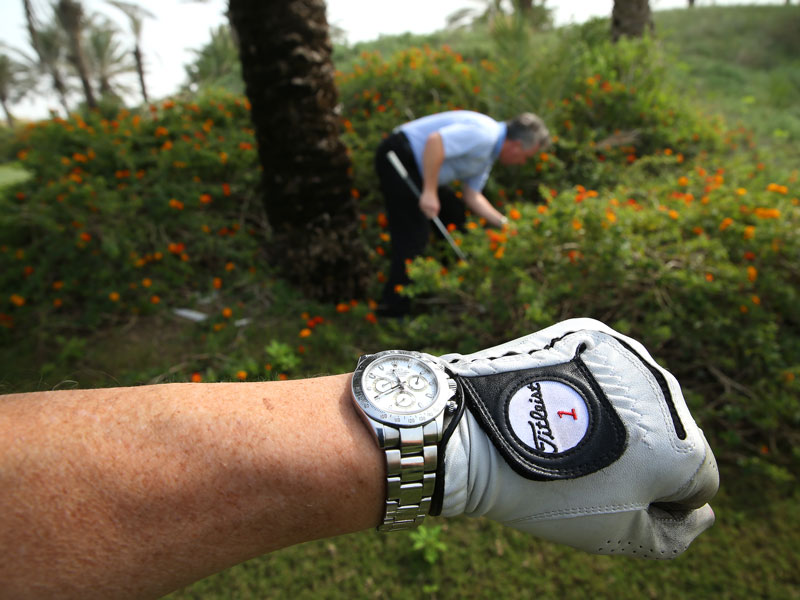 New Golf Rules Explained: Searching For Your Ball
New Golf Rules Explained: Searching For Your BallBall search time has been reduced to three minutes plus there are a couple of other changes in this category
By Golf Monthly